ISSN ONLINE(2319-8753)PRINT(2347-6710)
ISSN ONLINE(2319-8753)PRINT(2347-6710)
M.Jegadeesan1, V.Keerthana*2
|
| Related article at Pubmed, Scholar Google |
Visit for more related articles at International Journal of Innovative Research in Science, Engineering and Technology
A Radial Distribution network is important in power system area because of its simple design and reduced cost. Impact of Distributed generation in radial distribution feeder is increased because of its application of green technology and it also meet out some of the power system issues. Allocation of Distributed Generation at non-optimal places leads to increased power loss and reduced bus voltage profile. To overcome these power system issues Distributed Generation should be optimally placed and sized at Radial Distribution Feeder. Optimal sizing of Distributed Generation can be calculated using analytical expression and an efficient approach is used to determine the optimum location for Distributed Generation Placement. By proper sizing and allocation of Distributed Generation in Radial Distribution Feeder minimizes the power loss and improves the voltage profile. To demonstrate the performance of the proposed approach various radial distribution systems was tested and validated with different sizes and the results were discussed.
Keywords |
| Radial Distribution System, Distributed Generation, Loss Reduction, voltage profile, analytical expression, optimal location and sizing. |
INTRODUCTION |
| Distributed Generation is an emerging technology in this new era and it provides clean electric power. Distributed Generation should be located at or near an electrical load Centre. Installation of Distributed Generation at optimal places provides the clean electric power to the customer [1]. Dispersed Generation is connected directly to the radial distribution network or it connected directly to the customer side of the meter. Different issues have been mentioned to define the Distributed generation more importantly .Some of the issues of DG is Distributed Generation Rating, then other are Technology, sizing, sitting, mode of operation, Distributed Generation penetration [2].Distributed Generation is a small generating unit located in the effective point of the electric power system near to the load center. DG Technology comprises of Wind energy, Solar Energy, micro-turbine, fuel cell and gas turbine [3]. |
| Optimal DG allocation by single DG placement at the corresponding bus voltage profile at various buses is evaluated and the total power loss is also calculated using Newton-Raphson method [4]. Distribution Network analysis using power flow study plays an important role in the power system area. Distribution network is mostly characterized by their high R/X ratio and radial topology. Backward/forward sweep method is used as an initial power flow for radial distribution system with the consideration of Distributed Generation [5]. Optimal placement and sizing of DG using NR method of load flow study at the proper bus location minimizes both the losses and the costs simultaneously which helps in maximizing the potential benefits [6]. |
| Many optimization tools like Genetic algorithm, Particle Swarm Optimization, Artificial Bee Colony algorithm and Differential Evaluation are still used in the power system optimization problem to solve Different DG unit’s problem. By the optimal allocation and sizing of DG units at radial Distribution network using Genetic Algorithm Electrical losses were minimized, system reliability levels and voltage profile values were improved [3].Optimal sizing and location of Distributed Generation is determined using PSO algorithm. By proper placement of DG at relevant bus location the total cost of system, the economic cost and real power losses are minimized then the corresponding bus voltages are improved [7]. |
| A new optimization metaheuristic approach called Artificial Bee Colony (ABC) Algorithm is used to calculate the optimal DG unit’s size and proper location in order to minimize the total real power loss there by improves the voltage profile [8].Proper Placement and sizing of Distributed Generation at radial distribution feeder is calculated using Differential Evolution Algorithm and it has a significant impact on reduction of active power loss and improvement of voltage profile [9]. |
| In this paper a new emerging approach called analytical approach is used to calculate optimal DG unit’s size and proper location. So that the real power losses, reactive power losses were minimized and the corresponding voltage profile values were improved. The proposed approach has been tested on IEEE 15bus and 34 bus radial distribution systems. Result obtain from this approach clearly explains the optimal location and sizing of DG thereby minimizes the power losses of the system. The remainder of this paper is structured as follows Section II presents Problem Formulation, Section III explains about Proposed Methodology, Section IV describes about Simulation Results and Discussions, and finally Section V explains about Conclusion. |
II. PROBLEM FORMULATION |
| The main objective of the proposed approach is to minimize the total system power loss by Optimal Sizing and sitting of Distributed Generation in radial distribution system. The objective function is mathematically formulated as follows [10] |
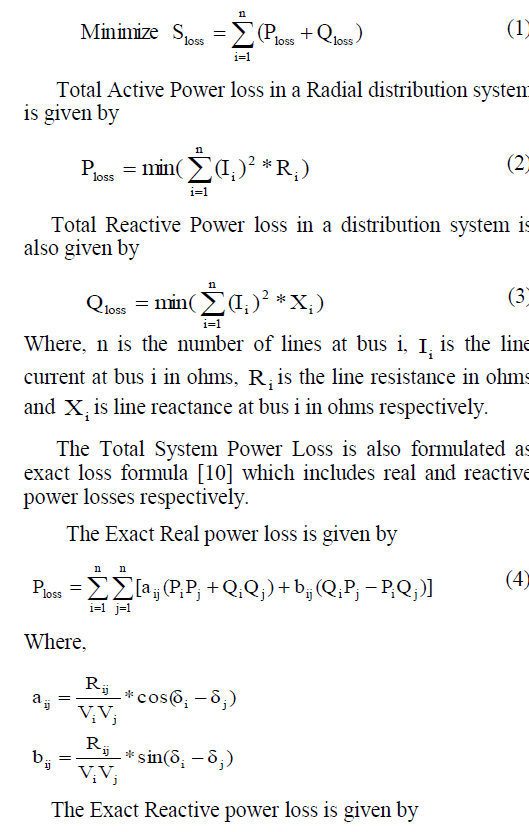 |
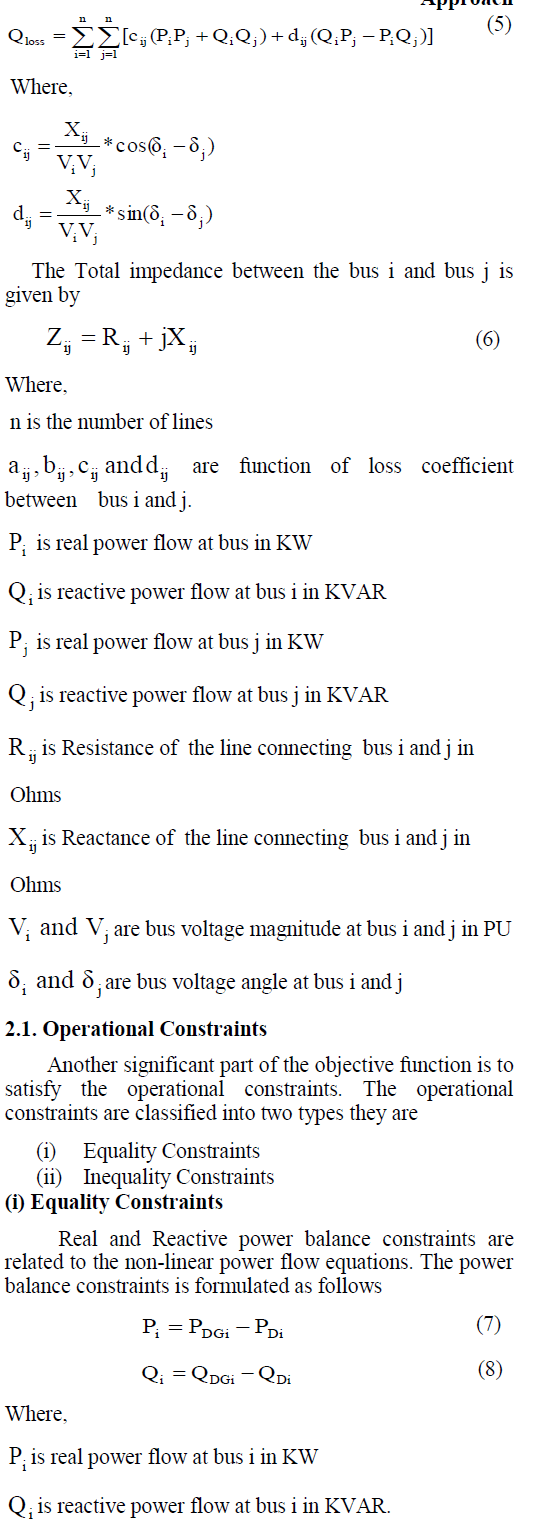 |
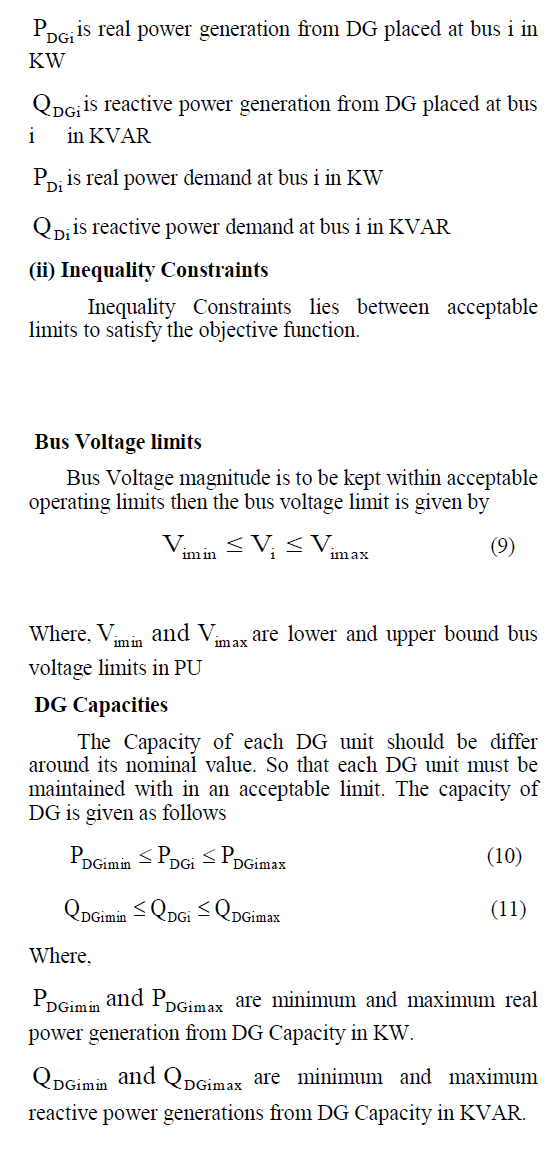 |
III. PROPOSED METHODOLOGY |
| In this section a various radial distribution system is used to locate the DG in an optimal place with the proper sizing. The Proposed Approach needs power flow to be run for two times, one for the initial base case and another at the final stage with the DG to obtain the optimal solution. |
3.1. Optimal DG Sizing and Location |
| Distributed Generation Sizing and location at optimal places in radial distribution feeder gathers a great importance in power system area. The installation of DG at non-optimal places leads to higher losses and reduced voltage profile. For that reason, the development of new method called analytical approach is capable of indicating the DG unit allocation and sizing at optimal places which improves the power system operation characteristics [6]. The Proposed Methodology aims to optimize the better location and sizing of DG unit to reduce the power losses and improves the voltage profile. |
| Certain types of DG’S like Photo Voltaic (PV), Fuel Cell (FC), and Micro Turbine (MT) will generate only real power to identify the optimal DG size at bus i respectively. The Possible condition for minimum loss is given by [9] |
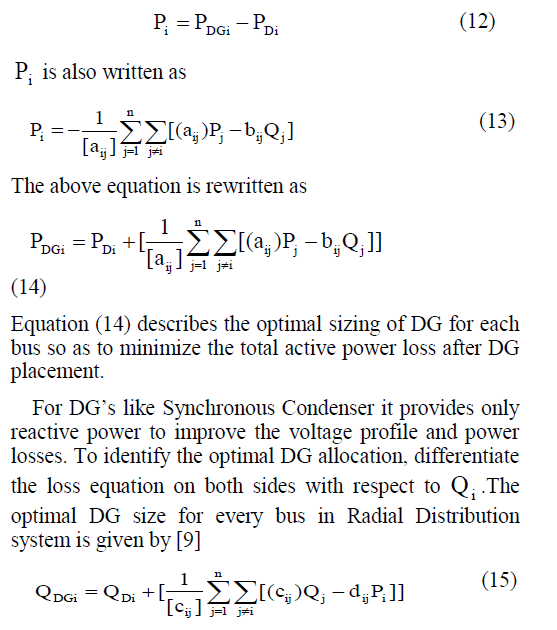 |
| The DG unit at non-optimal places leads to higher losses. Thus the power loss is a function of loss coefficients. When DG unit is installed in the system then the loss coefficient value will changes as it depends on the state variable voltage and angle. Another load flow calculation is required for updating the values of loss coefficients. Finally the optimum size DG for each bus is calculated from base case load flows. |
| The next process is to identify the optimum DG location using proposed approach so that the approximate power losses are reduced and bus voltage profile is improved. |
3.2 Computational Procedure for Proposed Approach |
| [1] Start the Process. |
| [2] Run the Base Case without DG using NR load flow using MATLAB software and calculate the bus voltage magnitude, Angle, Real and Reactive Power Loss Respectively. |
| [3] After Load flow Identify the optimum sizing for each bus using equation (14) and (15). |
| [4] By using equation (4) and (5) find out the approximate losses for each bus by placing DG at the corresponding location with the optimum sizing obtain from the above step. |
| [5] Check for Constraint Violation after DG placement. |
| [6] Locate the bus at which the loss is minimum after DG placement and this is the optimum location for DG. |
| [7] Stop the Process. |
IV. SIMULATION RESULTS AND DISCUSSIONS |
| The Proposed Methodology is tested on two different radial distribution test system such as 15 buses and 34 buses with different sizes are simulated in MATLAB environment to calculate the optimum DG sizes for various buses and approximate total power loss with DG at various location. |
4.1 Optimum Size allocation |
| Based on the proposed approach optimum sizes of DG’s are determined using equation (14) and (15) at various nodes for two radial distribution systems such as 15 buses and 34 buses respectively. In 15 bus radial distribution system optimum sizes of DG ranging from 44.1 to 479.0924 KW and 44.9910 to 487.1403 KVAR then the ranges of other DG sizes for 34 bus system varies from 13.5 to 319.1544 KW and 7.5 to 197.5521 KVAR. After connecting DG’s one by one it is important to note that the total power loss is lowest at the corresponding buses. Based on this result of DG sizing the optimal location of DG is determined where the total real and reactive power loss is minimum at the respective buses.Figure.1 shows the optimum real and reactive power sizes of DG at 15 bus radial distribution system. |
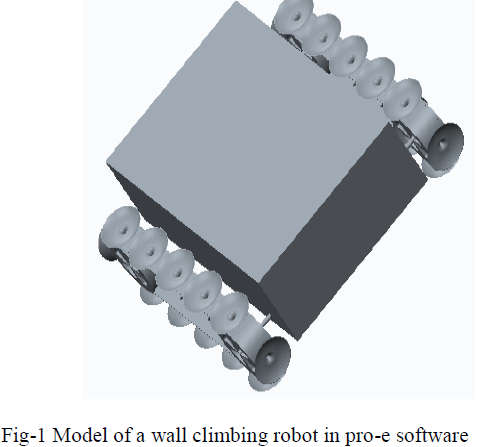 |
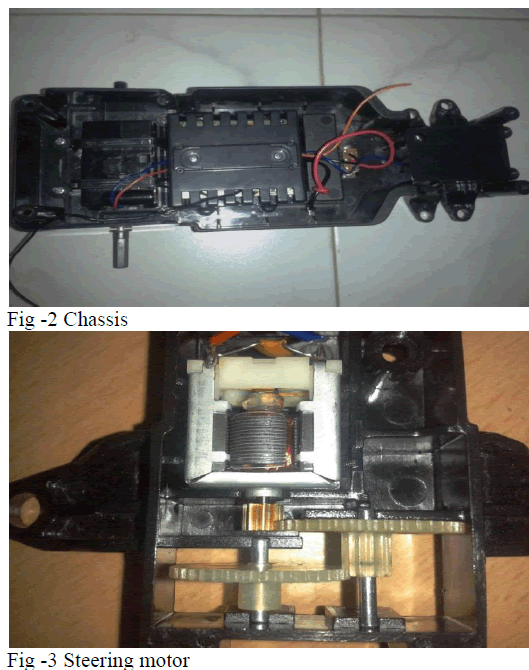 |
4.2 Selection of optimum location |
| With the help of optimum DG sizes obtained at various nodes it is best enough to find out the optimum location that would leads to calculate the least total power losses. In 34 bus radial distribution system bus 25 is located as optimal placement of DG. After DG placement total real and reactive power loss is reduced and average real power loss is reduced from 219.9 KW to 186.4 KW and average reactive power loss is reduced to the range of 65.3 KVAR to 56 KVAR. From the result, it is noted that bus 2 is selected as optimum location for 15 bus radial distribution system after DG placement and sizing where the total real and reactive power loss is minimum at the corresponding buses and the average real power loss is reduced from 59.7 KW to 36.3 KW and average reactive power loss is reduced from 55.3 KVAR to 32.6 KVAR. |
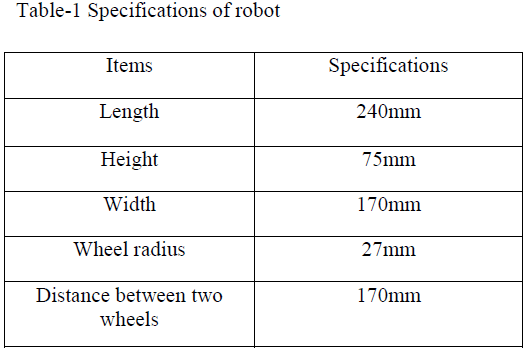 |
 |
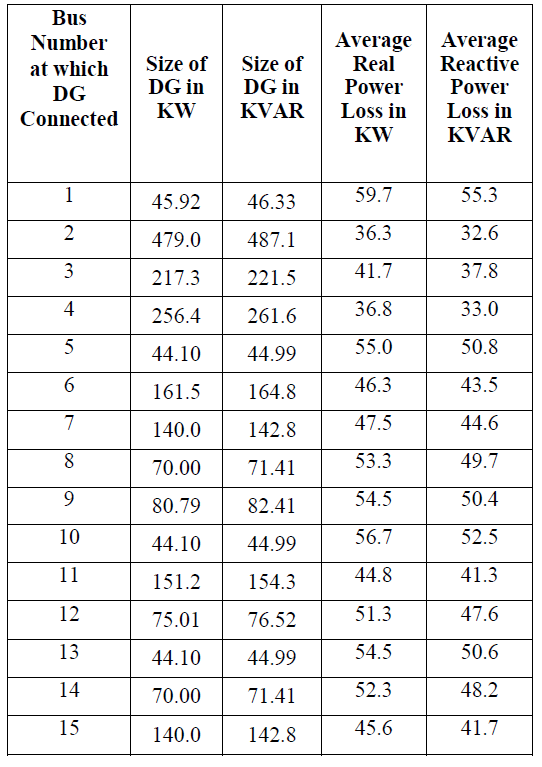 |
4.3 Optimum Bus voltage profile |
| The Voltage at various buses should be maintained within the acceptable limits to meet out the power system demand. But the Bus voltage may reach the permissible limit when DG is not connected to the distribution system or the bus voltage may lack due to some disturbances. For this reason Distributed Generation should be placed and sized at the relevant bus location in radial Distribution system so that the bus voltage profile gets improved. |
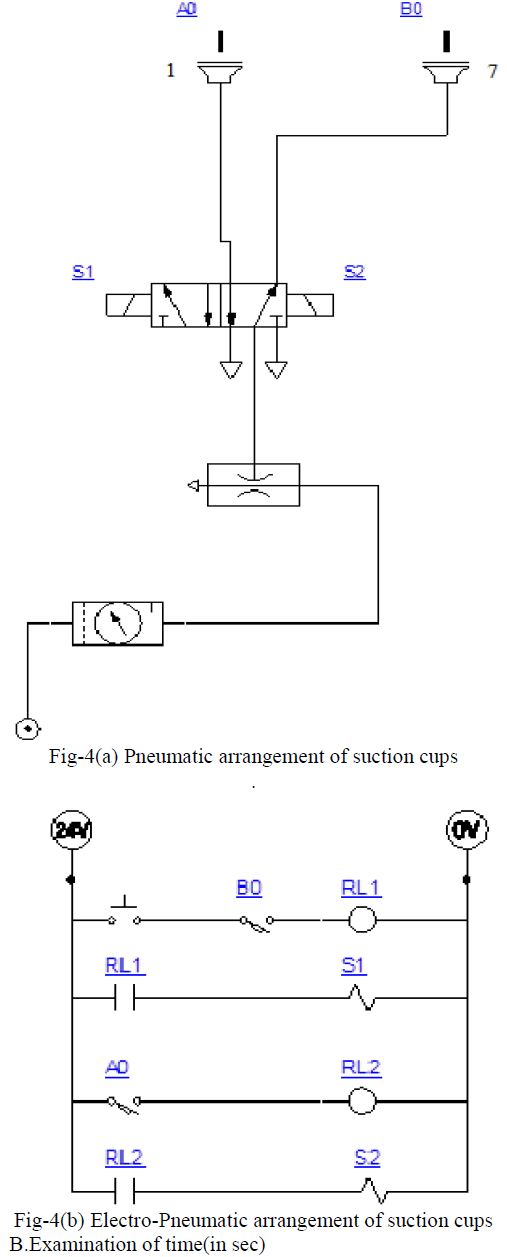 |
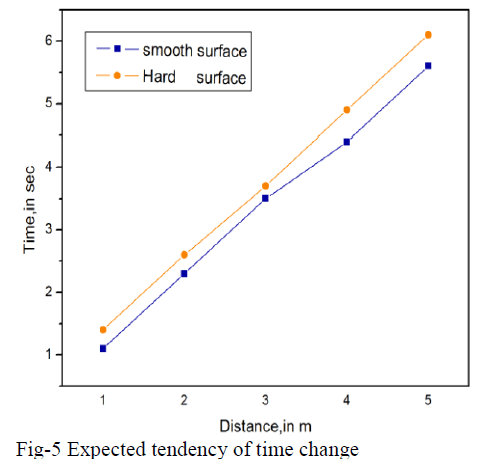 |
4.4. Summary of Simulation Results |
| From the above result of various radial distribution systems such as 15 buses and 34 buses, it is clearly concluded that the sizing and location of DG placement plays a vital role in loss reduction. Power quality and reliability improvement, stable voltage regulation is some of the other advantages of DG other than voltage profile improvement and power loss reduction. Thus the Average Real and Reactive Power loss is Reduced after DG Placement with Proper Sizing and the Corresponding voltage profile values are also improved after DG allocation with the Optimal Sizing |
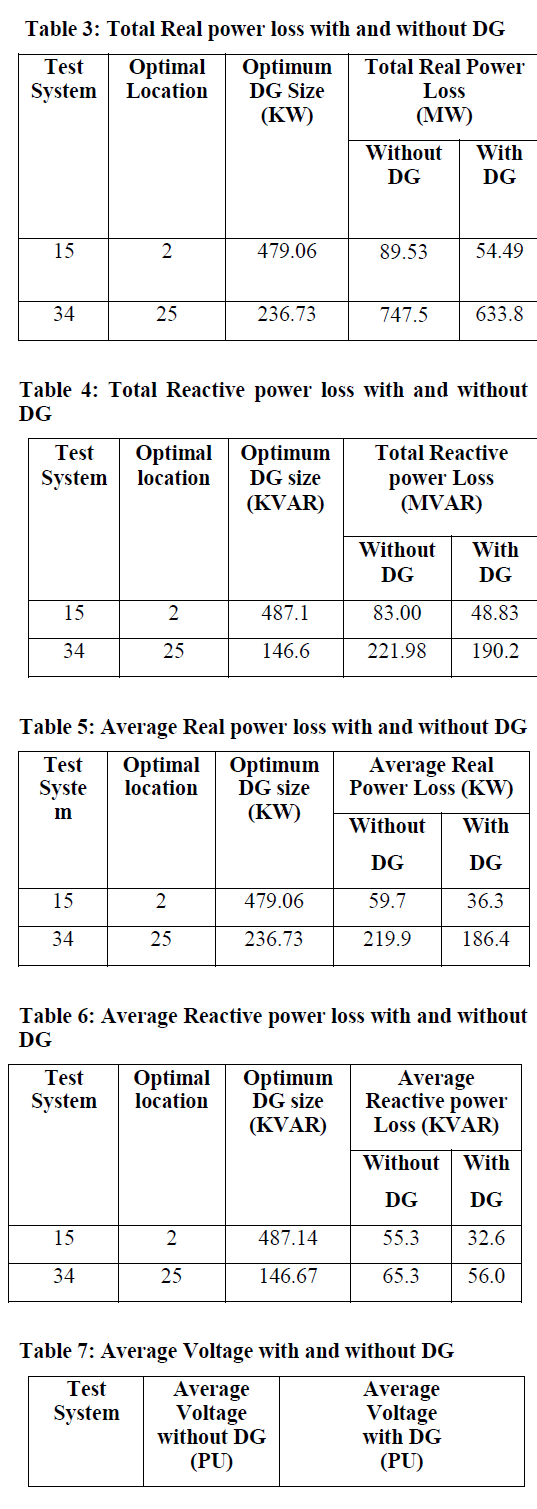 |
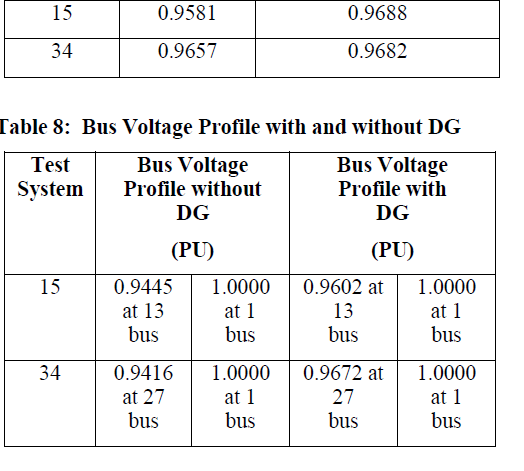 |
V. CONCLUSION |
| In this paper a new emerging method called analytical approach is used to identify the optimal placement and optimum sizing of Distributed Generation in 15 buses and 34 buses Radial Distribution Feeder. Allocation of DG at non-optimal places leads to some of the power system issues such as high power loss, reduced voltage profile etc. But by proper sitting and sizing of DG at optimal places real and reactive power loss is reduced and bus voltage gets improved in the corresponding buses respectively. Due to some constraints it is not possible to select the best location in practical application. To avoid this problem this analysis considers a general loss coefficient factor so that the losses arising from different places were varies greatly and clearly identifies the optimal location for DG placement. |
ACKNOWLEDGEMENT |
| The authors are grateful to the Principal and management of K.L.N College of Engineering, Madurai for providing all facilities for the research work. |
References |
|